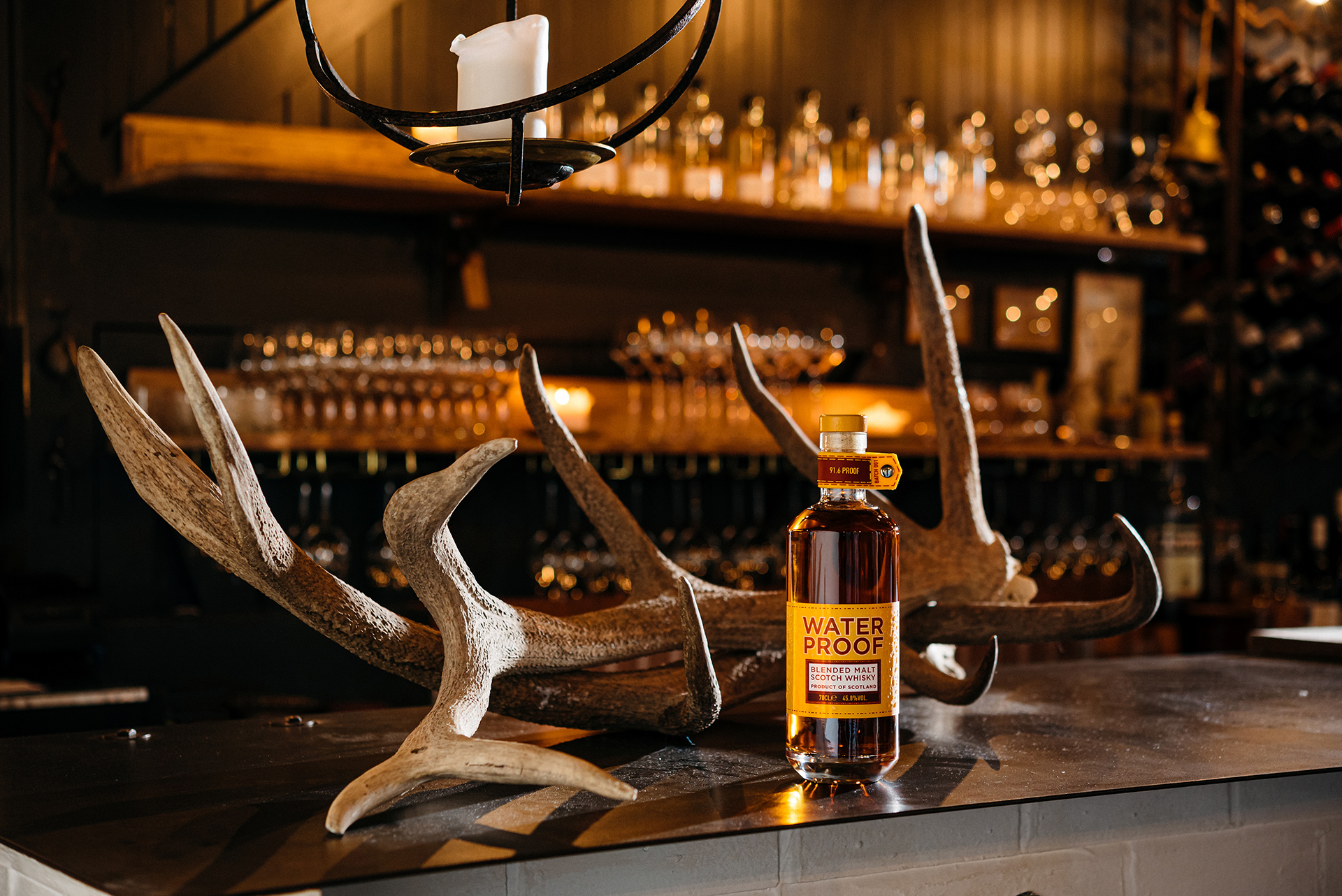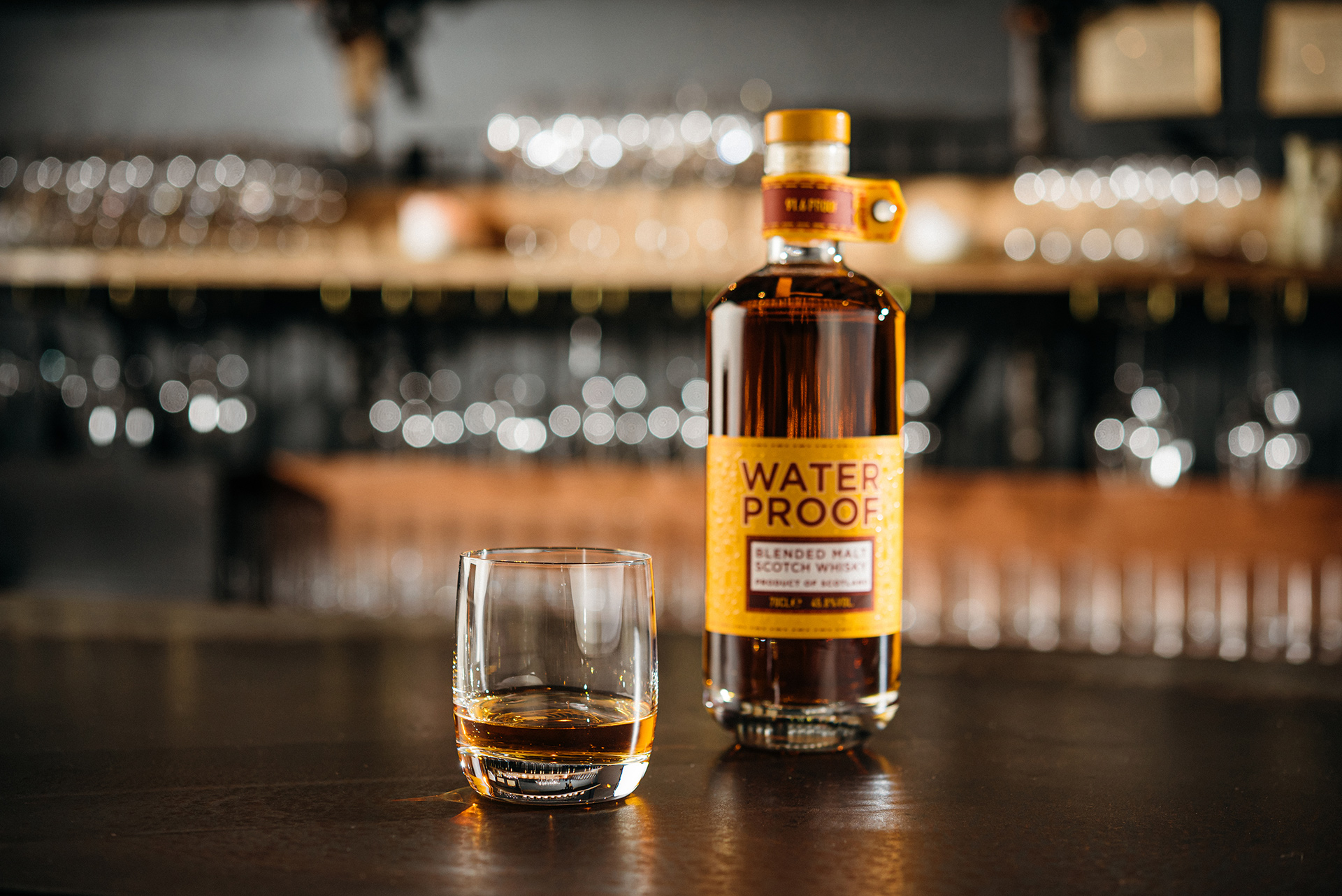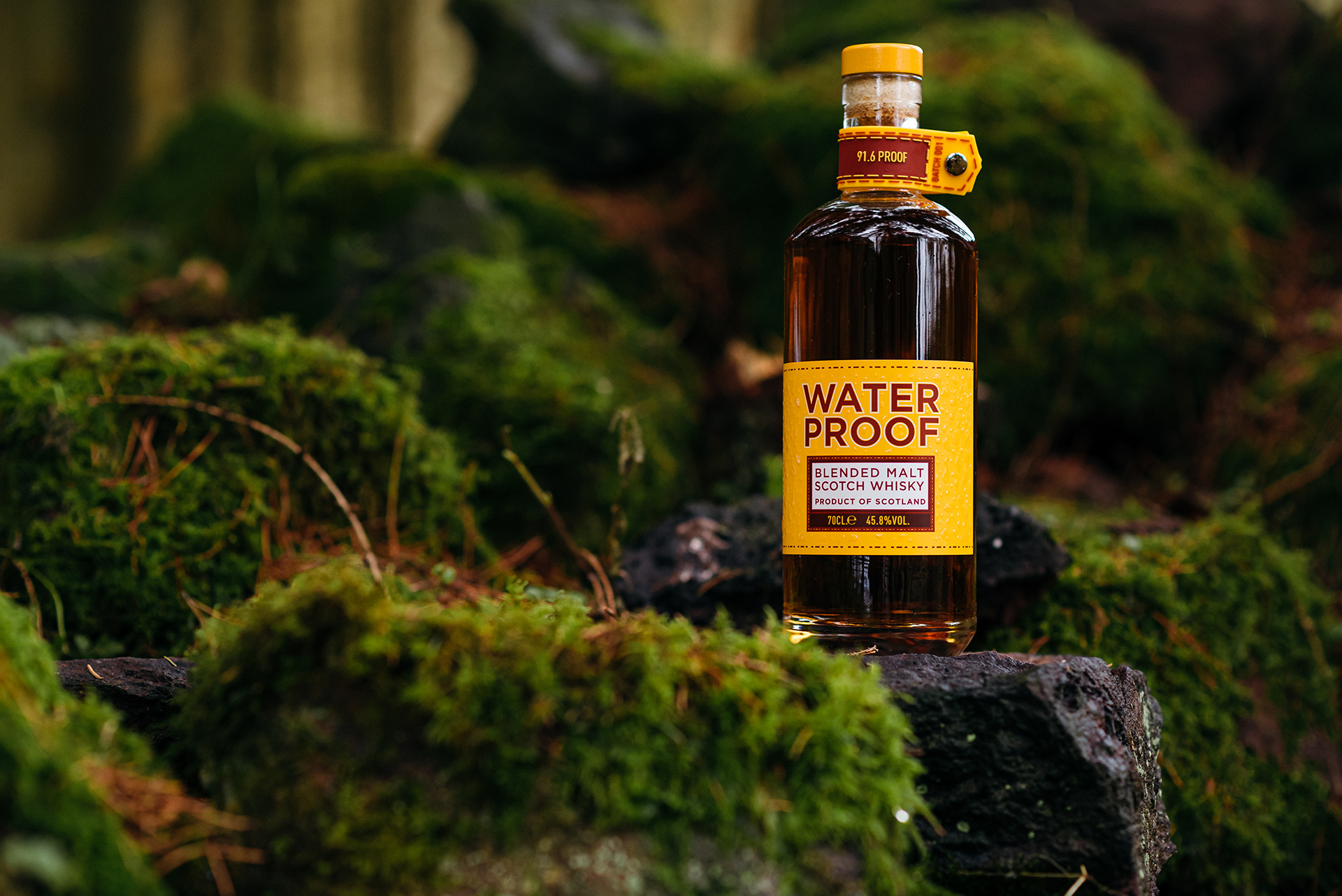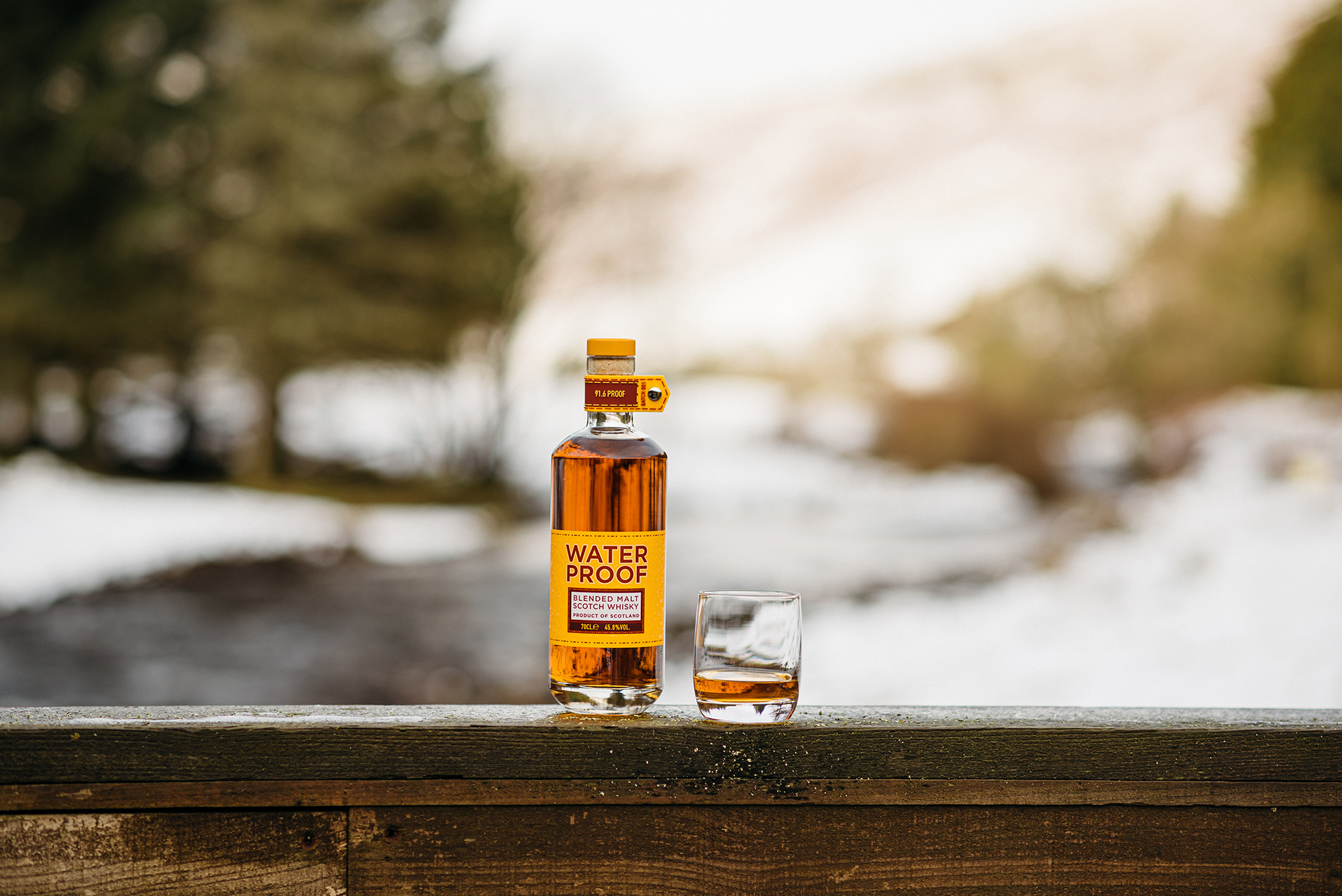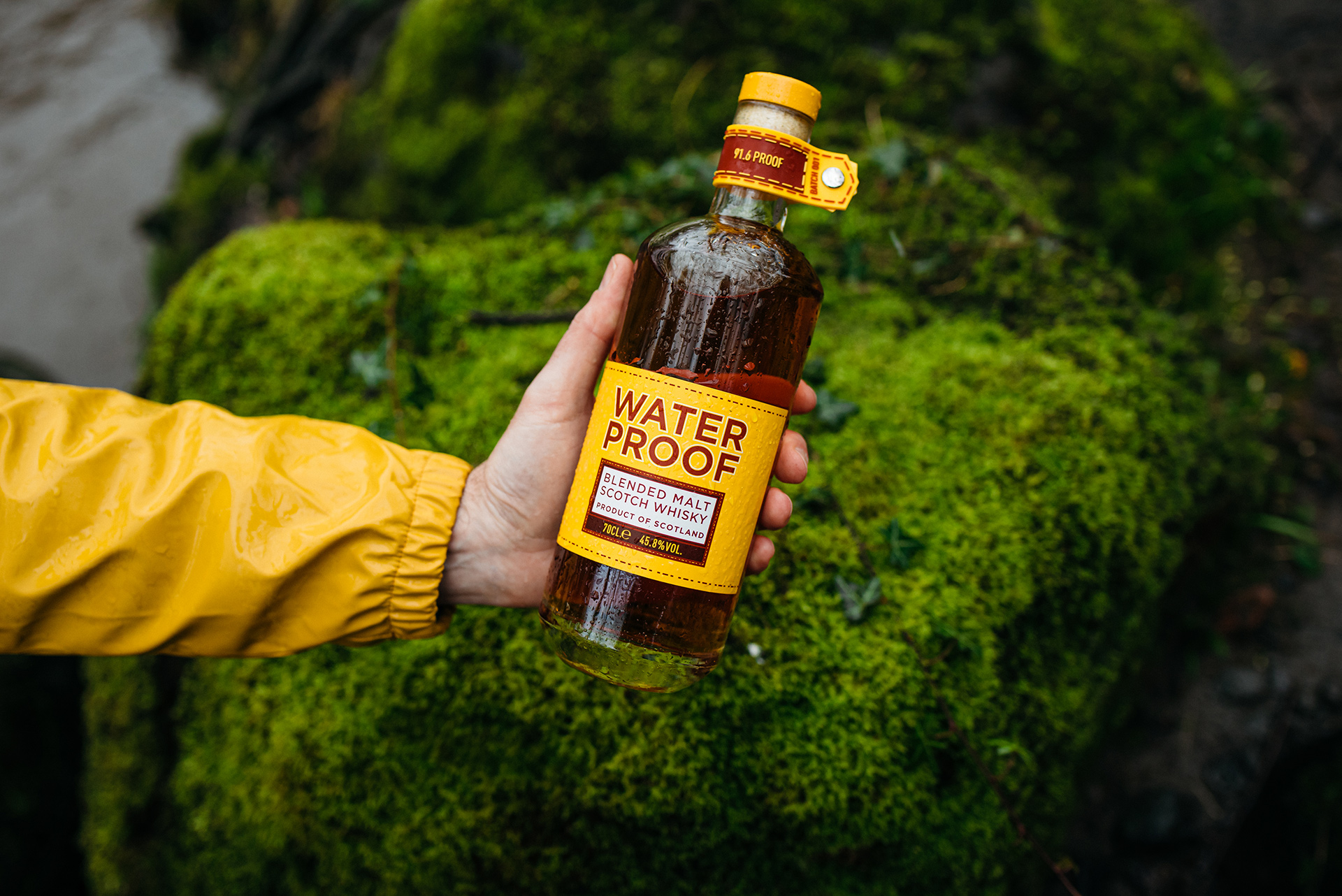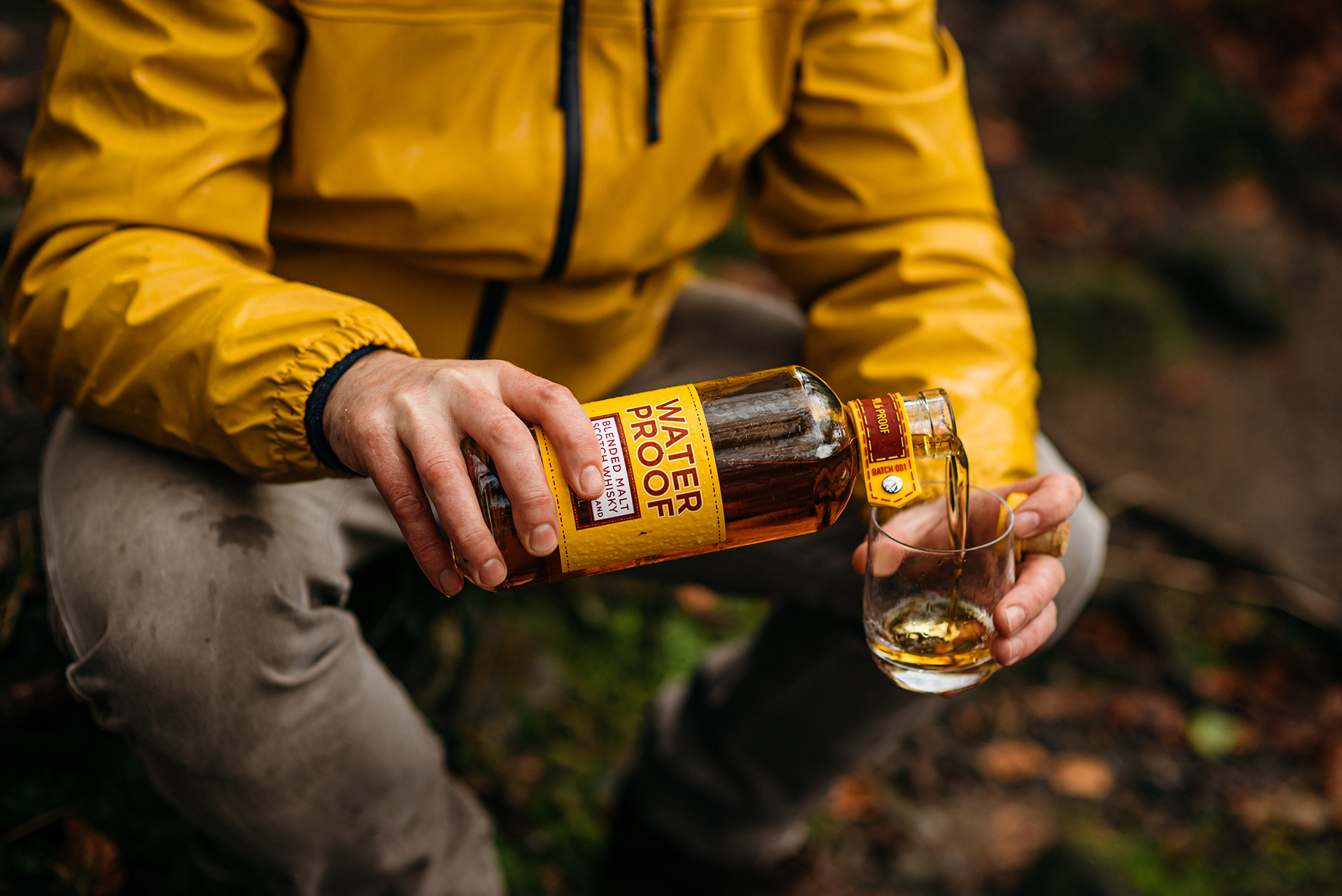WHY PROOF?
Already in the 1400s mixing of gunpowder and alcohol was mentioned in the Nordics – alcohol allowed to bind and shape the dusty gun powder.
By the Mid-1500s gunpowder was used as a crude spirit measuring tool. Gunpowder soaked in strong whisky will ignite, whereas it will only fizz or not ignite at all if understrength. The term ‘proven’ and ‘proof’ became mainstay although the scale was rough – either it was proven… or not.
In 1816 the gunpowder test was officially abandoned in the UK for a new specific gravity test, that with the use of a hydrometer and thermometer could accurately read the strength of the whisky. This way of measuring is still in use, albeit from 1980 whisky is measured with the more logical Alcohol By Volume definition. Simply measuring the amount of alcohol in a bottle by percentage. If it states 40% alcohol – it means the rest is water (and approximately 0.1% are natural flavours).
The word ‘proof’ still exists on American labels. The measuring is not like the old complicated British way but in reality the same as the ABV…times two; i.e. 40% abv becomes 80 proof.
British Proof was much more complicated, but a simplified way to calculate the old British proof is times 7/4, i.e. 40% times 7 divided by 4… the result is 70 Proof.
This also means 100% pure alcohol equals 200 American Proof, but only 175 British Proof. Confused? That’s why we use ABV today.
But the hydrometer is still in use today at distilleries where it measures the alcohol content of the wash (or beer) before it is distilled. After distillation it is measured again and it aids the stillman finding the right cut points in order to select the heart (middle cut) of the spirit run.
We asked some retired customs & excise officers to describe their work with the proof and alcohol volume reading hydrometers. Although retired we have promised that they remain anonymous (the following names are made up – the stories are real).


